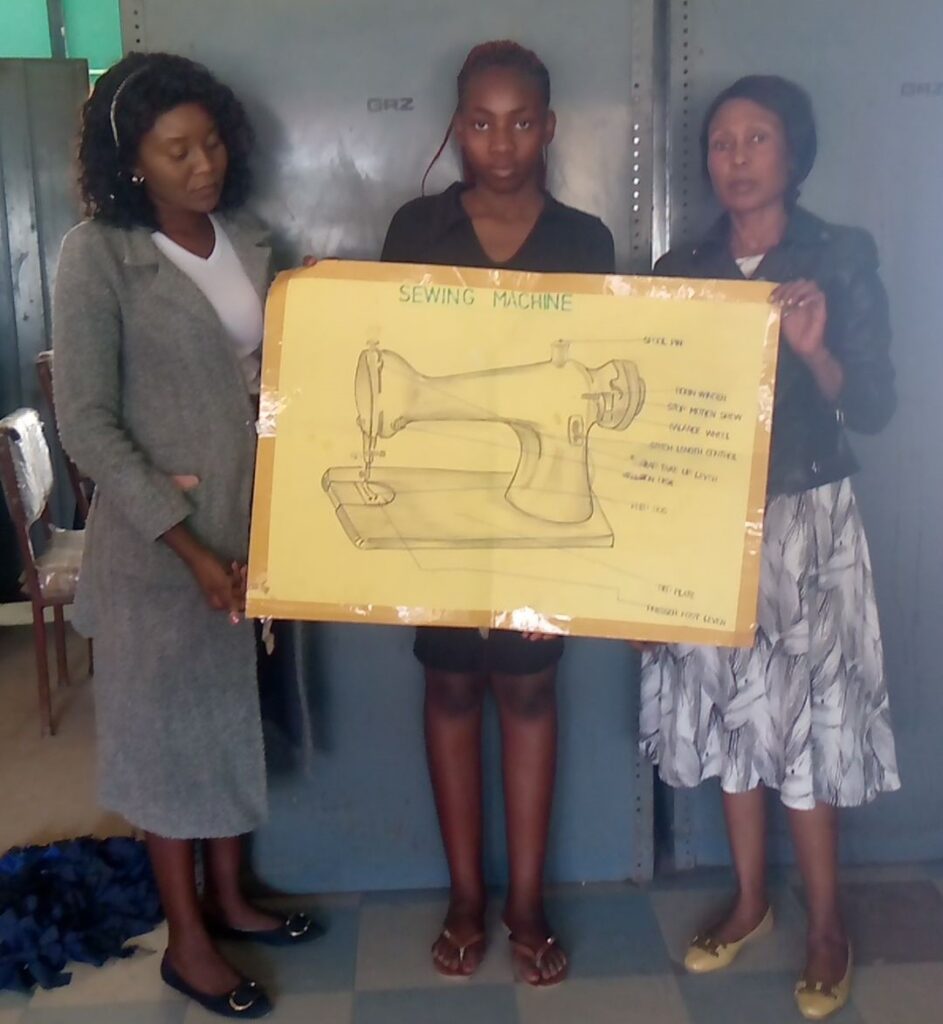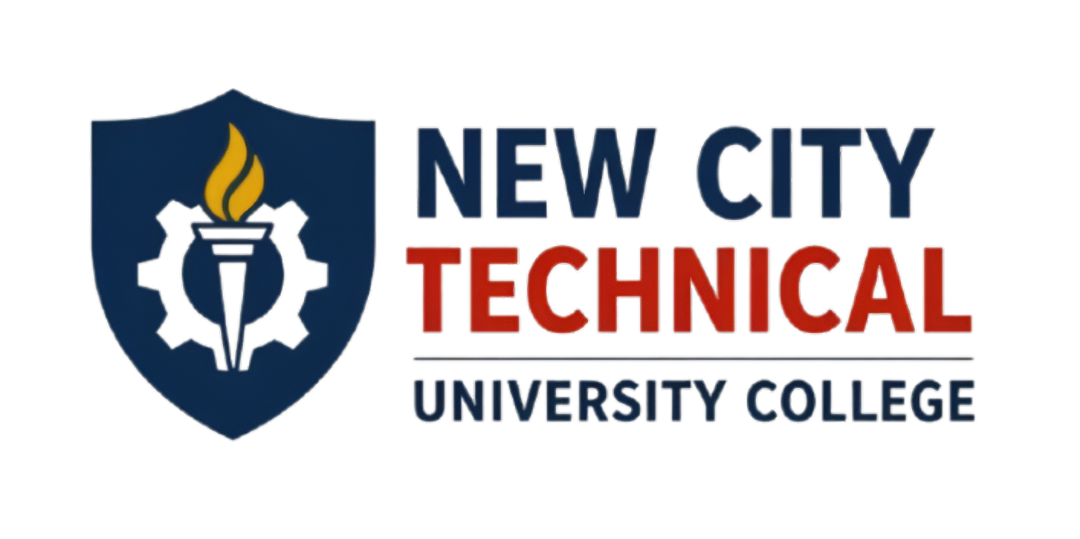In Zambia, the educational landscape has long been challenged by a critical shortage of quality teaching aids in government schools. This deficit has had a profound impact on the learning experience of countless students, stifling their ability to fully grasp complex concepts and diminishing their overall academic performance. However, a transformative initiative by a forward-thinking university is changing this narrative. Through specialized training in graphic design, the university is not only addressing the gap in teaching aids but also creating jobs for its graduates. This article explores the journey from inadequacy to innovation and the ripple effects on education and employment.
The Challenge: A Deficit in Teaching Aids
Before the intervention, the state of teaching aids in many Zambian government schools was dismal. Visual aids, which are crucial for effective teaching and learning, were often outdated, unclear, and unengaging. Teachers had limited resources to create or procure high-quality materials, leading to a reliance on text-heavy, monochromatic handouts that failed to capture students’ attention or imagination. The result was a classroom environment where learning was more about rote memorization than true understanding, particularly in subjects that heavily rely on visual representation, such as science and mathematics.

The Intervention: University’s Graphic Design Training Program
Recognizing the dual challenges of unemployment among graduates and the need for better teaching aids, a new Zambian university launched a specialized training program in graphic design. The program was designed with a two-fold mission: to equip students with marketable skills in a high-demand field and to produce high-quality, engaging teaching aids for government schools.

The curriculum is robust, covering a range of essential skills including digital illustration, layout design, and the use of industry-standard software. Students were trained to create visually appealing and pedagogically effective materials that could transform the learning experience. Importantly, the program also includes a practical component where students collaborate with local schools to understand their specific needs and tailor their designs accordingly.
The Transformation: From Inadequate to Inspirational
The impact of the university’s initiative has been profound. Before the introduction of these newly designed teaching aids, classrooms were filled with dull, uninspiring materials that did little to engage students. After the intervention, the change has been nothing short of revolutionary.
- Enhanced Clarity and Engagement: The new teaching aids are vibrant, clear, and thoughtfully designed to highlight key concepts. Complex ideas are broken down into visually digestible segments, making it easier for students to understand and retain information.
- Improved Learning Outcomes: Teachers have reported significant improvements in student engagement and comprehension. Lessons that were once met with confusion and disinterest are now eagerly anticipated, and students are more active participants in their learning process.
- Aesthetic and Functional Design: Beyond just being visually appealing, the new teaching aids are also functionally superior. They incorporate interactive elements that encourage hands-on learning, fostering critical thinking and problem-solving skills among students.
The Ripple Effect: Job Creation and Economic Empowerment
The benefits of the graphic design training program extend beyond the classroom. Graduates of the program are already finding employment opportunities not only in educational sectors but also in broader fields such as advertising, publishing, and digital media. By addressing a specific educational need, the university has inadvertently created a new employment pipeline, empowering young Zambians with skills that are in high demand both locally and internationally.

Conclusion
The university’s innovative approach to graphic design training is a testament to the power of education and creativity in addressing systemic challenges. By transforming teaching aids from mere informational tools into engaging learning resources, the program is revitalizing classrooms and improving educational outcomes in Zambian government and private schools. At the same time, it is creating valuable job opportunities for graduates, contributing to economic growth and social development. This initiative serves as a model for how targeted educational programs can simultaneously solve multiple societal issues, paving the way for a brighter, more prosperous future for all.
Call to Action
To sustain and expand this success, continued support from stakeholders, including government agencies, non-profit organizations, and the private sector, is essential. Investing in such programs can yield substantial returns in terms of both educational quality and economic development. By harnessing the power of creativity and design, we can ensure that every student has access to the best possible learning tools, and every graduate has the skills needed to thrive in a competitive job market.

